2010 F
metadome
Description | Metamaterials | Control Loop | Proposed Site | Gallery | References | Team
The smart glass ceiling of metadome is controlled by an additive combination of three different parameters; increased visibility, luminance and air temperature all contribute to making the glass more transparent. The negative refraction stream's current is increased by higher barometric pressure, its flow is increased by higher water temperature and its refraction index is increased by higher humidity levels. The number of occupants in metadome increases the transparency of the invisibility-cloaked ramp; if there are 0 occupants the ramp is fully visible, if there are 12 or more it is fully transparent - any value in between will result in a degree of translucence. The deaf wall - constructed of acoustic metamaterial - has as its input any sound occurring in the metadome. Physical objects can be placed by the listeners under the microscope at the superlens station. The seismic-cloaked pathway is nearly impervious to the seismic activity produced by a seismic generator, which generate's artificial earthquakes when occupants occupy certain positions in metadome.
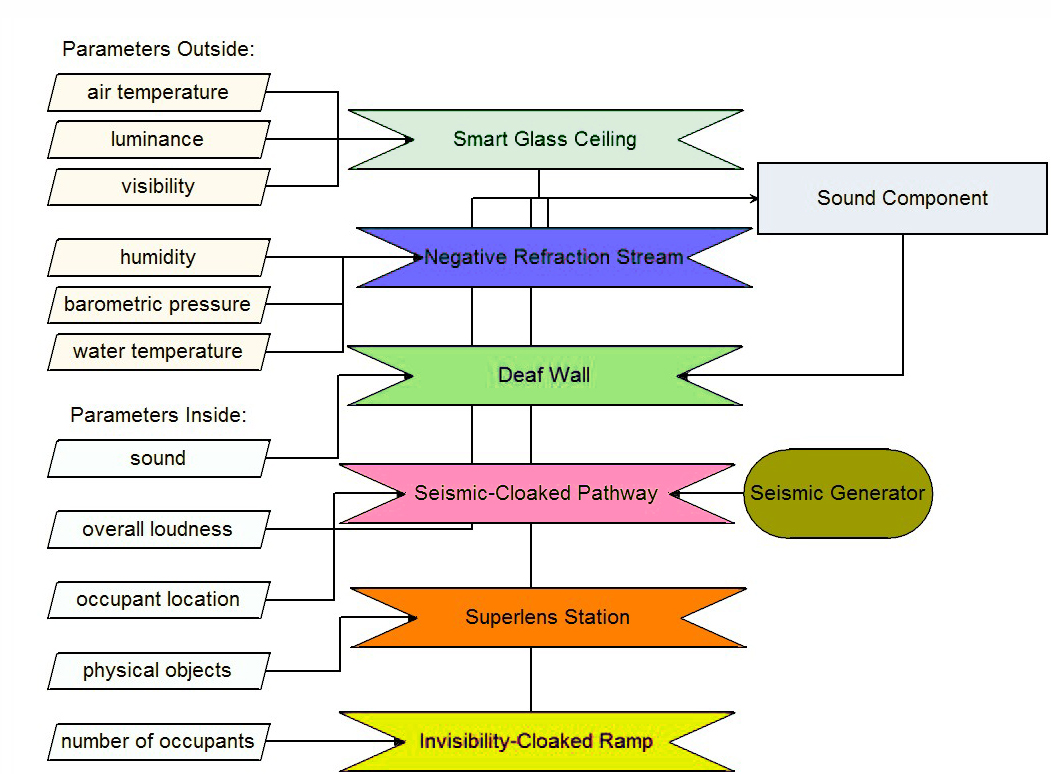
The sound component of metadome is simple and its purpose is to enhance the experience of the metamaterials by sonifying
their various states. A simple chord of eight tones base on the first eight partials in the harmonic series is used; each sine tone
is played through an individual speaker, and thus metadome has an 8-channel sound setup. When the
smart glass ceiling is maximally clear, these tones lock into perfect tuning - with increased opacity they begin to randomly wander, up to half
the distance to the next overtone at maximal opacity.
The individual loudness of each tone also begins to vary to increasing degrees depending on the invisibility factor of the ramp, the maximum degree of variance which can be heard in the examples above. The pitch of the chord varies according to the speed of the stream; at the minimum possible speed of the stream, the pitch of the fundamental f0 is 135.5 Hz, at maximum 191.6 Hz - a tritone away. The overall volume of the sound increases with increased sound level inside metadome.
The control loop receives various input parameters from sensors placed throughout metadome. The parameters from the sensors control the states of various metamaterials and in turn a sound component as well, as described further below. The following is a summary of the input parameters, their units of measurement and links to the the ten types of sensors used.

air temperature and humidity, in C° and %

luminance, in cd/m2
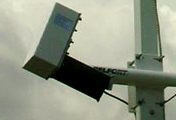
visibility, in km
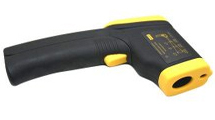
surface water temperature, in C°
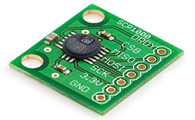
barometric pressure, in inHg

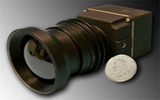
locations and numbers of occupants, in x[n], y[n]
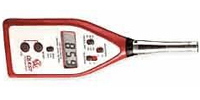
overall loudness in metadome, in dBA